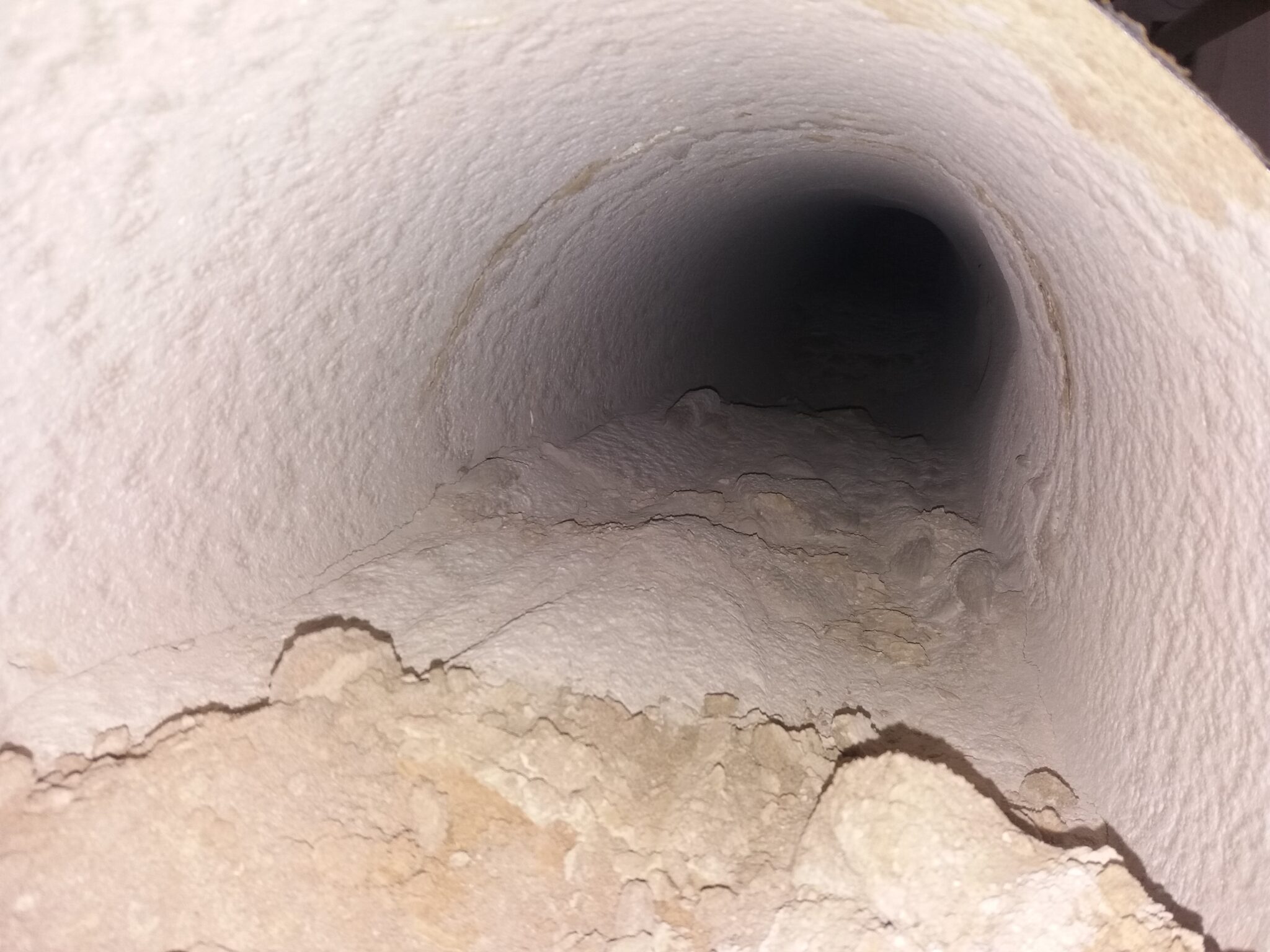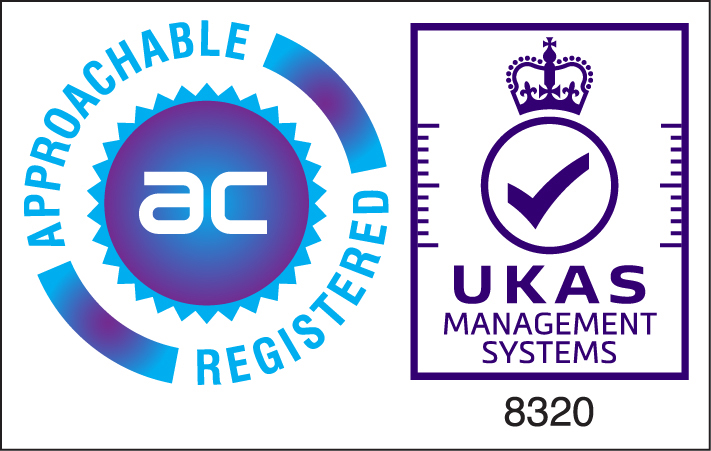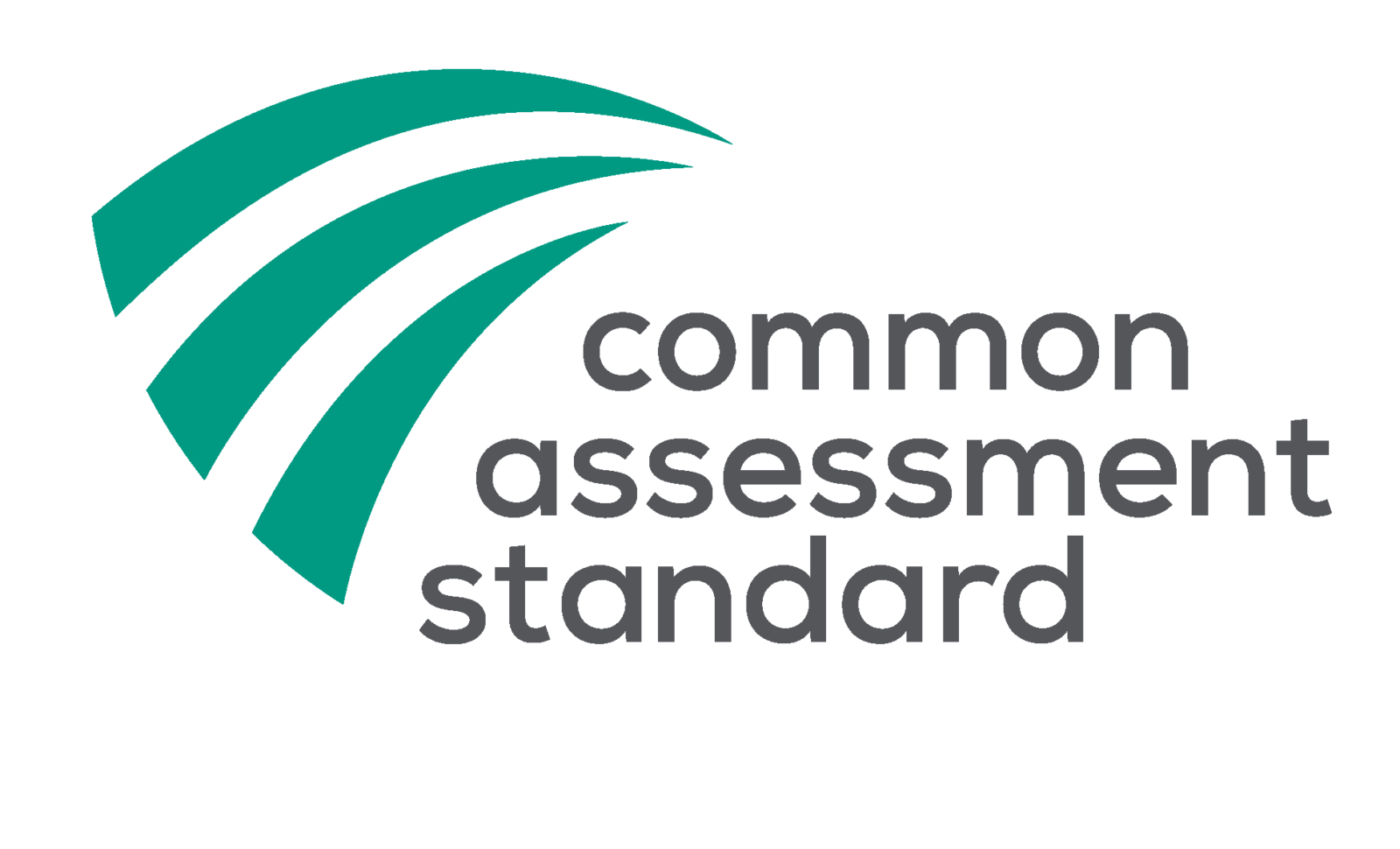Creating a healthy and safe working atmosphere helps employees to feel confident and secure with the knowledge that their company cares about their wellbeing. We know that any illness contracted in the Workplace, along with injuries, can prove costly to any organisation, slowing productivity and leading to reputational damage. Did you know that one of the most vital parts of preventing workplace illness is ductwork cleaning? We take a look at how dirty ductwork causes illness and how VSS battles this in support of you to provide a cleaner and healthier workplace for everyone.
What is ductwork cleaning?
Ductwork cleaning is the process of removing common contaminants from your ductwork.
This is the main distribution network for your fresh air into a building. Your ductwork can gather dust and dirt as this builds over time. During ductwork cleaning, these are removed, as well as any mould, fungi and bacteria that have gathered. There is no set time period over which ductwork should be cleaned. Monitoring and Testing the ductwork with sampling and an air hygiene annual programme is the only way to tell what needs cleaning in order to reduce the spread of allergens and illnesses. However, in the healthcare sector or high-pollution areas/occupations, this may be regularly required.
What happens when ductwork systems are not cleaned?
When ductwork systems are not cleaned, then debris can build up, and this could mean that your air quality deteriorates. This increases the amount of dust and dirt in the air. Not cleaning your ductwork systems can also have financial implications and safety problems. You may find that your ductwork system is not functioning as well as expected, and this lack of efficiency can mean your energy bills increase. Your systems will struggle which may mean that the resulting heating and cooling capability are uneven. As debris builds, rust and corrosion can occur, and there is also a higher chance of fire.
Contaminants and ductwork cleaning
Many different contaminants can build up in your ductwork systems over time. These include those you might expect such as dust from clothing and fabric in your working environment. Dirt from outside your building can also be found in your ductwork. Organic matter gathers in ductwork systems, such as pollen, mould and hair or dead skin cells. Mould is especially common in moist environments and can cause some significant health implications.
Dependent on your environment, debris from building materials will accumulate and in the worst-case scenarios, this could include serious toxins such as asbestos, as well as glass-fibre and silicates from concrete and cement creation or from building works we get bricks and dry-wall residues, all of which end up in the systems.
Illnesses caused by dirty ductwork
Dirty ductwork systems are not just a nuisance – they have been proven to have a negative impact on occupants’ health and well-being through many well-documented international studies. The debris, dirt, dead skin cells, fungi, spores, mould and bacteria collected in ductwork systems over time are frequently the reason behind many worsening illnesses.
If there are pre-existing respiratory or pulmonary issues, then poor air delivered through these filthy air paths will definitely increase pollen, dust, and other allergy triggers. This will make asthma and allergy attacks far worse and make it more difficult to breathe easily. Uncleaned ductwork systems reduce the flow of clean supply air around your building, which may encourage the spread of common cold and flu viruses, creating a less healthy environment overall. If you are seeing regular symptoms such as headaches, runny noses, congestion, sneezing and fevers, this can be worsened by dirty extract ductwork not clearing away this contaminant-laden air. Sinus problems may also be worsened by this, and you could even notice that conditions such as eczema are exacerbated and that dry skin occurs.
How ductwork cleaning can help
There are many benefits you can expect to see as a result of ductwork cleaning. Regular ventilation hygiene protocols and cleaning will dramatically improve the quality of your air and provide better airflow throughout your building by cleaning and replacing the filters and improving your airflow. Ductwork cleaning will also reduce the amount of pollution in your workplace and mitigate the amount of dust, dirt and spores found in the air. Due to the improved airflow, viruses do not profligate in air systems.
Practical improvements that you will find include enhanced temperature control and improved performance from your system, which can result in far lower energy bills and running costs. You will definitely accrue lower costs for repairs and replacements and extend the lifespan of your ventilation.
Ensuring air is healthy
Many workplaces are in buildings in cities with high air pollution, and here it is even more important to ensure air quality is not negatively impacting health. Both indoor and outdoor air quality is important, and the area around you can affect this – as well as your own air environment inside -which drags air to you who are trapped inside- a captive prisoner fed from an outside air source comprised of filthy, polluted outside air, rich in toxins and pollution.
Wherever your organisation is based, an indoor air hygiene service can tell you more about your air quality and advise on how this might be dealt with. Testing air quality can also give you a better idea of whether you may need to have your ductwork systems, both Supply and also Extract-cleaned more regularly.
Contact VSS for ductwork cleaning
Regularly ensuring your ductwork is hygienic can reduce the amount of pollutants in the air and encourage better health. This is essential for any workplace, especially those in areas of high external pollution or those in the healthcare sector. A qualified professional service can help you to create the healthiest possible environment for everyone.
To find out more about how VSS can help you to test your indoor air quality and provide you with ductwork cleaning and hygiene, then get in touch to discuss your needs.













